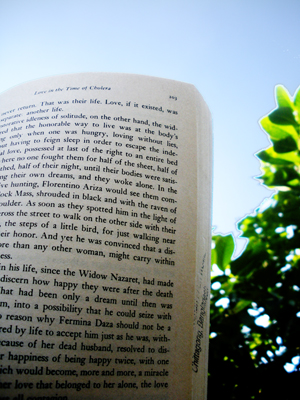The Symbolism of Kabney and Rachu in Bhutan
June 17, 2011 Leave a comment
Although we all are called as human beings in general, we have different ways of living and doing things. It is because of our artificially constructed national borders that has divided us, human beings, into different groups with different cultures, beliefs, norms, and manners. Every culture has its own symbols, tangible things that stand for something else, and metonym, small part of something that constitutes its whole part.
In Bhutan, kabney, a silk scarf worn with gho, national dress for men, is a symbol that shows different groups of professions. Colors of Kabney varies with one’s profession; however, all kabneys are 300 cm long and 90 cm wide usually with fringes on both ends. Just like the crown stand as a symbol for a queen, saffron kabney,in Bhutan, stand as a symbol for Druk Gyalpo, king, and Je Khenpo, chief abbot. Likewise, blue kabney stand for legislature, green stand for judiciary, orange stand for cabinets, and white stand for common men of Bhutan. Moreover, some kabney have stripes with different colors, which also differs with one’s rank.
 Rachu is worn by Bhutanese women with kira, national dress for women. It is usually worn on the left shoulder. Just like kabney, some rachus represents women’s profession. However, most of the women wear red color rachu with different intricate designs. Both kabney and rachu are used as a way of showing respect while visiting temples, attaining official meetings, meeting high officials, and celebrating festivals. Kabney and rachu also play important role in protecting and promoting Bhutanese culture and tradition.
Rachu is worn by Bhutanese women with kira, national dress for women. It is usually worn on the left shoulder. Just like kabney, some rachus represents women’s profession. However, most of the women wear red color rachu with different intricate designs. Both kabney and rachu are used as a way of showing respect while visiting temples, attaining official meetings, meeting high officials, and celebrating festivals. Kabney and rachu also play important role in protecting and promoting Bhutanese culture and tradition.
Therefore, it’s must for a Bhutanese citizen to wear Kabney or rachu along with their national dresses during important or special occasions.
